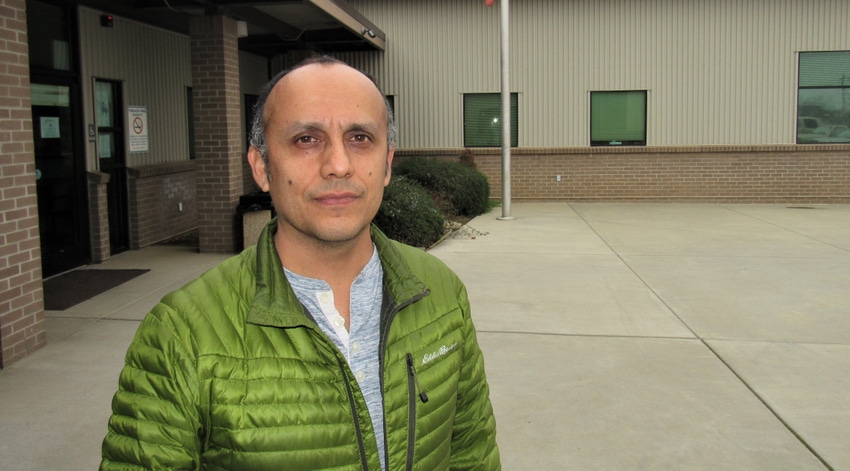
Rice farmers are encouraged to monitor vigilantly for a rise in yield-reducing armyworms, reported Jake Abbott in the Appeal-Democrat.
UC Cooperative Extension rice advisor Luis Espino said the most recent numbers were low but are expected to climb in the next few weeks. The pest can quickly devour rice foliage down to the water level. The crop may recover, but armyworm presence can lead to yield reduction.
“I've heard numerous stories where growers were used to some defoliation and would go on vacation, and after the weekend they'd come back and see full defoliation," Espino said.
Espino and his team set traps at 15 locations across the valley to monitor pest populations weekly. The pheromone traps are small buckets that attract male moths. They take the information collected from the traps and notify farmers on whether or not they should begin examining their own fields for the presence of armyworms.
“We usually start to see numbers increase around mid-June and peak in late June or early July,” Espino said. “Right now, numbers are very low but they will come up. Over the years, we've learned that once we see the moth population peak, we see a peak of the worm population a week later. Once we start seeing those go up, we begin letting growers know to check their fields.”
Source: University of California Division of Agriculture and Natural Resources, which is solely responsible for the information provided and is wholly owned by the source. Informa Business Media and all its subsidiaries are not responsible for any of the content contained in this information asset.
About the Author(s)
You May Also Like




